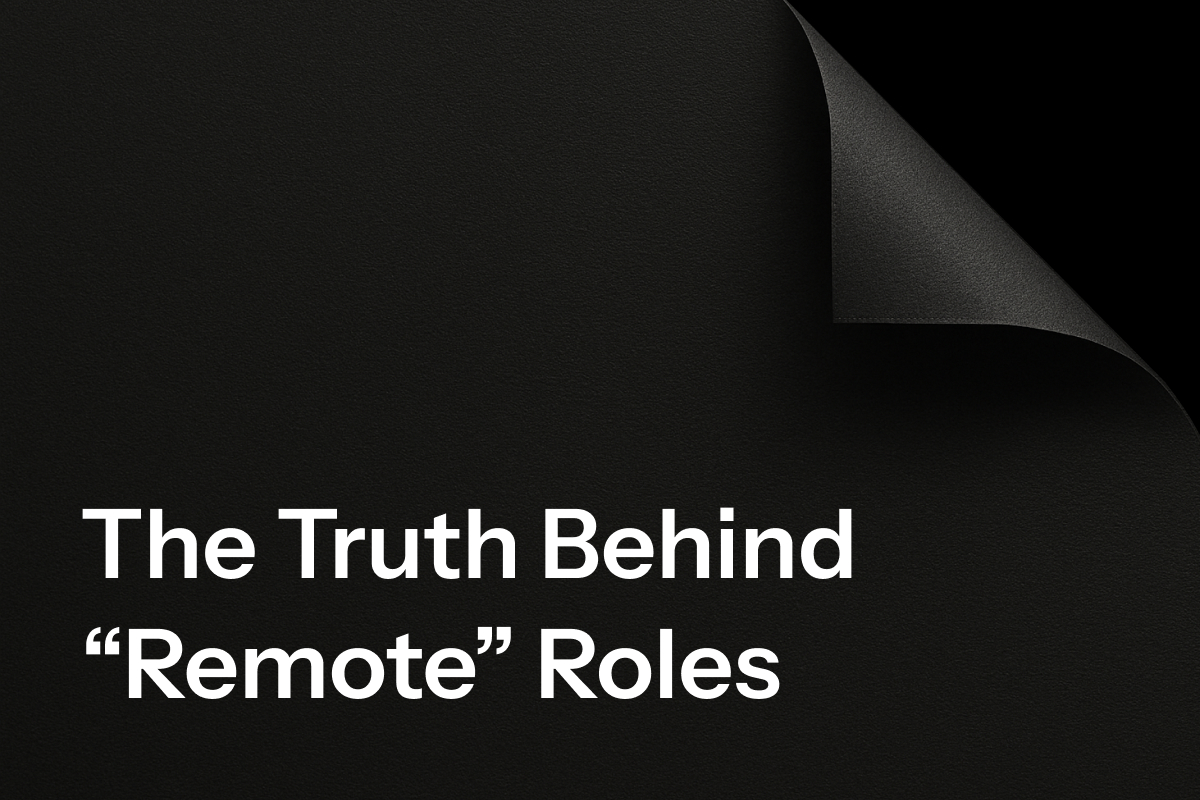Firing someone is never easy. It is one of the hardest responsibilities an HR professional or manager faces. While hiring can be exciting, letting someone go is often filled with doubt, emotional strain, and concern for both the individual and the team. But there are times when it is not only necessary but also the best decision for the overall health of the organization. The key challenge lies in knowing when it is time to make that call and ensuring the decision is made with fairness, professionalism, and empathy.
Understanding When to Let Someone Go
- Consistent Underperformance Every employee has ups and downs, and performance can fluctuate. However, when someone consistently underperforms despite clear feedback, support, and opportunities for improvement, it may be time to take action. If their inability to meet expectations is affecting productivity and team morale, holding onto them could be more harmful than letting them go.
- Toxic Behavior and Cultural Mismatch An employee who is highly skilled but negatively impacts team dynamics can be even more damaging than someone who lacks technical ability. If someone is consistently creating conflict, displaying unprofessional behavior, or making the workplace uncomfortable for others, addressing the issue promptly is crucial. A single toxic employee can derail an entire team’s performance and engagement.
- Lack of Growth or Adaptability Businesses evolve, and employees need to grow with them. If someone resists learning new skills, refuses to adapt to change, or remains stagnant while the rest of the team progresses, their inability to evolve could become a liability. When coaching and support do not lead to improvement, it may indicate that their journey with the company has run its course.
- Repeated Policy Violations or Ethical Issues When an employee repeatedly breaks company policies, ignores ethical guidelines, or engages in misconduct, it is a clear sign that action must be taken. While minor infractions can be addressed with warnings and training, repeated violations, dishonesty, or unethical actions warrant termination before they create a larger problem
What to Consider Before Making the Final Decision
When a candidate withdraws, it’s rarely because they weren’t serious about the opportunity. More often, it’s because the hiring process itself pushed them away. Here’s why it happens:
- Have You Provided Clear Expectations and Feedback? Before terminating an employee, ensure that expectations were communicated clearly and that they had a fair chance to improve. If someone is unaware of what is expected of them, firing them can come across as unfair and unprofessional.
- Have You Given Them the Right Support? Have you provided training, mentorship, or additional resources to help the employee succeed? Sometimes, underperformance is a result of poor onboarding, unclear guidance, or lack of support rather than an issue with the individual’s ability.
- Is There a Pattern or Just a Temporary Issue? It is important to differentiate between an ongoing problem and a temporary rough patch. Everyone has personal struggles, and external factors can impact performance. If an employee has historically been strong but is going through a tough time, offering support might be a better approach than termination.
- Will This Decision Improve the Team and the Organization? If keeping an employee is holding back the growth of the company or negatively affecting others, it is likely the right time to let them go. Termination should not just be about removing someone but about improving the overall work environment.
Handling the Process with Professionalism and Empathy
- Be Direct but Compassionate
When delivering the news, be clear, concise, and respectful. Acknowledge the contributions they have made while explaining why this decision is necessary. - Offer Support
Provide guidance on next steps, including severance packages, career counseling, or recommendations to help them transition. - Maintain Confidentiality
The details of an employee’s termination should be handled discreetly to protect both their dignity and the integrity of the organization. - Prepare for the Team’s Reaction
The departure of a colleague can impact the remaining employees. Communicate the change in a way that reassures the team and reinforces the company’s values and direction.
Conclusion
Letting someone go is never a decision to take lightly, but sometimes it is necessary for the greater good of the organization. A thoughtful, well-handled termination can preserve company culture, maintain morale, and ensure that the business continues to thrive. HR professionals and leaders must balance empathy with decisiveness, ensuring that each decision is made with fairness, integrity, and a long-term perspective. In the end, the toughest calls in HR are often the most important ones.




